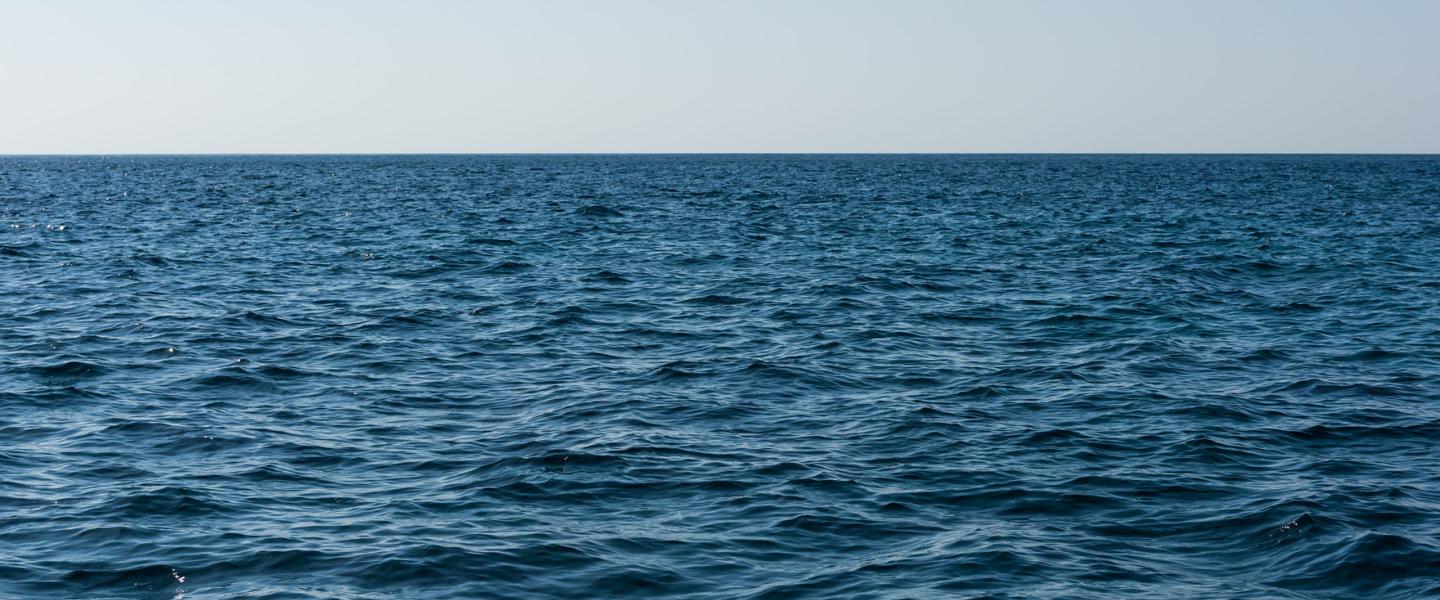
Updated SeaWatch Migrant Rescue Blog – Lesbos Greece
Human Rights at Sea is supporting Sea-Watch, an NGO founded upon a private initiative of German citizens and based on providing extra lookout capability and first assistance to people found in distress in the Mediterranean Sea.
HRAS provides Sea-Watch with direct access to its extensive network of actors involved in the research, promotion and advocacy of maritime human rights. In particular, HRAS offers to this German initiative a platform for international visibility, through a dedicated blog curated by HRAS intern Giorgia Linardi.
On this virtual space, Giorgia regularly reports on the news and developments of the missions of Sea-Watch. She has been following the activities of the organisation directly from the field, since the beginning of Sea-Watch operations in Lampedusa. Giorgia took over after the initial stage of establishment of the organisation on the island, which have been covered by former HRAS intern Daniel Shepherd. Both interns have a background in law and a strong commitment towards the humanitarian cause related to the refugees and migrants crisis in the Mediterranean.
As explained by Giorgia, an fishing vessel from 1917 represents the symbol as well as the main tool of the organisation. This old iron boat allowed to undertake seven missions in the SAR area off the Lybian coast, throughout summer 2015. In six weeks, the Sea-Watch vessel sailed from Hamburg to Lampedusa, which from June to October has been the operational base of the organisation.

After settling on the island and liaising with the local Coast Guard, Sea-Watch deployed its first mission at the end of June and lasted its operations at the end of September, with the result of having assisted more than 2000 people in distress at sea. The outcome of the launching season lays on limited SAR equipment and capacity, as well as on the exclusively volunteer work of the crews, coordinated by a land team in Lampedusa and under the direction of the management in Germany.
The land team was formed by a few volunteers, including Giorgia, in charge of logistics, coordination of the missions, crew care, PR and media relations, legal advice and risk analysis and management. The crews counted eight to nine members at the time, alterning every two weeks and including fixed roles as nautical experts, medics, SAR-trained professionals, engineers/mechnanics and reporters. Previous to all missions, each crew undertook specific legal, technical, psychological and rescue trainings.
The main instrument characterising the maritime operations of Sea-Watch is the binocular. As reproduced in the logo and name of the organisation, the binocular enshrines the mandate of Sea-Watch, which is to make sure that no one is forgotten, and hence left to die, at sea. Among the people assisted, 500 have been spotted through the sole use of the binocular, throughout a 24h watch system based on shifts.
For each mission, the Sea-Watch vessel was equipped with 400 life-vests, up to six inflatable life-rafts of various capacity, drinking water and first-aid medical equipment, as well as all the necessary communication tools. The latters allowed the exchange of information and cooperation with the relevant stakeholders, through satellite phone, VHF radio and AIS radar.
The maritime activity of Sea-Watch relied, indeed, on the close collaboration with the Italian Coast Guard and the international and private organisations active in the Mediterranean waters, as MSF and MOAS. Sea-Watch also assisted merchant ships and warships involved in rescue operations. All rescue activities have been coordinated by MRCC Rome, the centre responsible for the SAR area of interest.
Giorgia joined the last mission of Sea-Watch and reports that, when operating in the SAR area between the limit of the Lybian contiguous zone and international waters, two possible scenarios triggered Sea-Watch intervention. These are namely to directly spot a rubberboat or to be infomed by MRCC Rome or Watch the Med about received distress calls. In the first case the communication officer would inform immediately the authorities through MRCC Rome, which would then coordinate action to transfer the migrants to another boat and disembark them in a place of safety. In the second case, Sea-Watch would be instructed to reach the position of the targeted boat and provide first assistance.

While awaiting for the authorities to take over the stuation, Sea-Watch provides life-vests and water to everyone on board, as well as first aid and medical assistance, where needed. Meanwhile, specific information is transferred to MRCC Rome through agreed formats, reporting the number of people on board, the presence of children and (pregnant) women and whether there are casualties, people in urgent need of assistance, injured, or deceased.
All SAR activities of the organisation are based on the legal obligation arising from Article 98 of UNCLOS, establishing a State duty to rescue anyone found in distress at sea. On this legal basis, the Sea-Watch vessel can interfere with overcrowded rubberboats, detected in international waters, often drifting if not unfloating.
Sea-Watch will be back sailing the waters of the Central Mediterranean next Spring, with a new, fully SAR-equipped vessel. Meanwhile, the organisation shifted its operations to the Eastern Mediterranenan and established a new mission on the Greek island of Lesvos. HRAS keeps supporting Sea-Watch from the field through Giorgia, who is also offering her service to Sea-Watch as legal adviser and mission coordinator.
Together with HRAS and thanks to the knowledge provided by the latter in terms of protection of human rights at sea, Sea-Watch contributes to prevent the denial of such rights in the maritime context. HRAS is advocating for Sea-Watch action based on the common mandate to make sure that human rights are not left to drown at sea, with their holders.
READ MORE HERE
